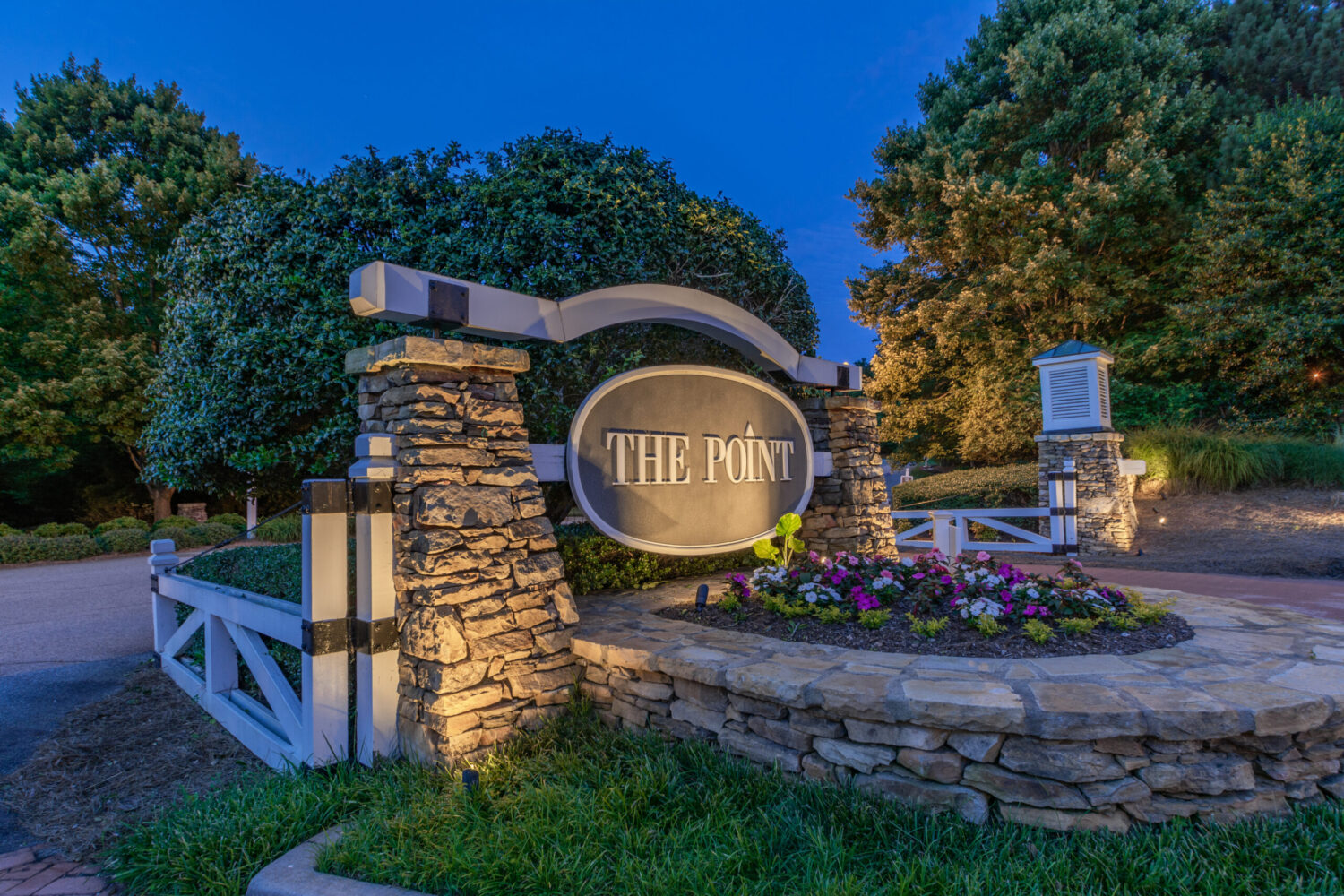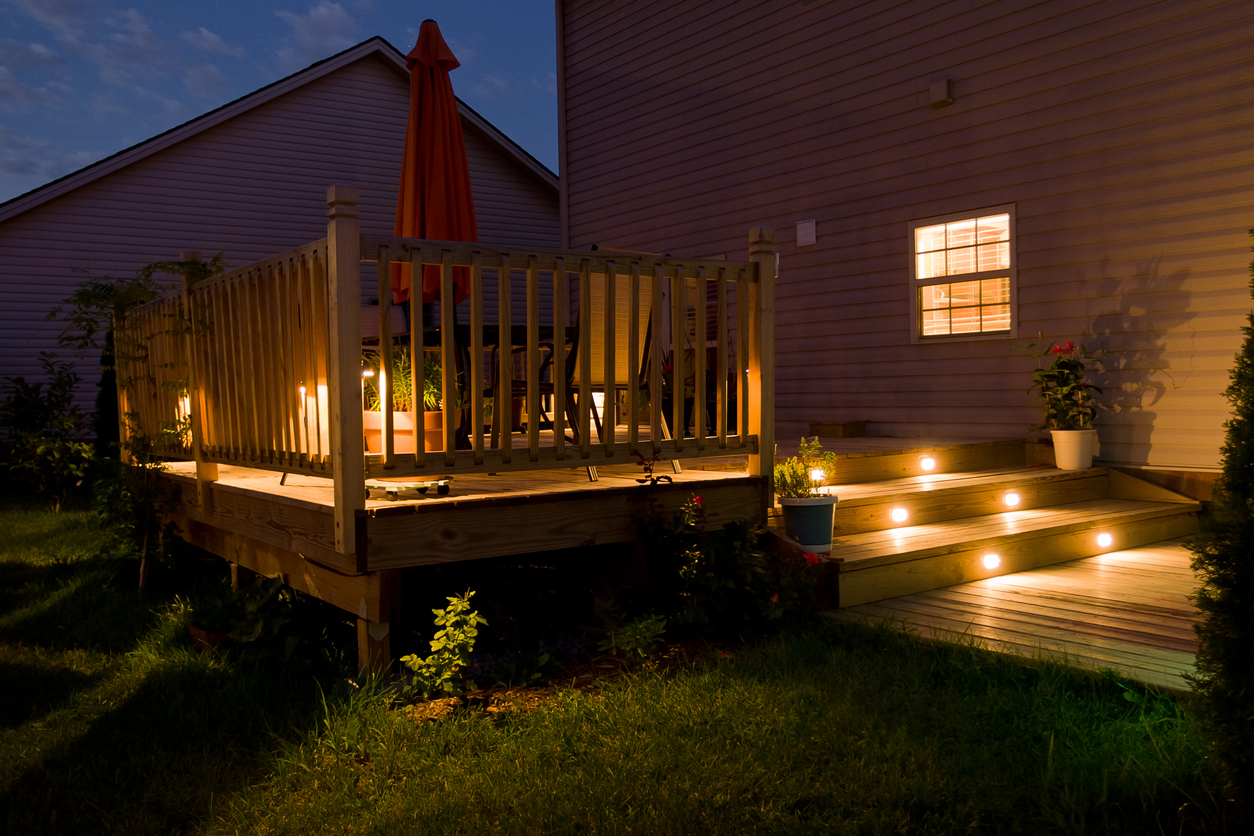When it comes to lighting up our homes or offices, we often overlook the impact that traditional incandescent or fluorescent lights have on our energy bills. However, with the emergence of LED lighting technology, it’s now easier than ever to LED lighting upgrade to a more energy-efficient and cost-effective lighting system:
1. Why switch to LEDs?
There are several reasons why switching to LED lighting is a smart choice. Firstly, LEDs use significantly less energy compared to traditional lights and can help reduce your energy bills by up to 80%. This makes them an eco-friendly option for those looking to reduce their carbon footprint and save money in the long run.
Moreover, LED lights have a longer lifespan, lasting up to 25 times longer than incandescent bulbs and up to 10 times longer than fluorescent lights. This means you’ll spend less time replacing bulbs, saving you both time and money in the long term.
Additionally, LEDs are more durable and resistant to shocks, vibrations, and extreme temperatures, making them suitable for both indoor and outdoor use. They also do not contain any harmful chemicals such as mercury, making them a safer option for your home or workplace.
2. Choosing the right LED bulbs
Before you make the switch to LEDs, it’s essential to understand the different types of bulbs available and their features. LED bulbs come in various shapes and sizes, including A-shape, globe, floodlight, tube, and candle-shaped bulbs. They also offer different color temperatures ranging from warm white to cool white.
To choose the right LED bulb for your needs, consider factors such as the brightness (measured in lumens), wattage equivalence (equivalent to traditional lights), and color temperature (measured in Kelvin). For example, a 60-watt equivalent LED bulb should have a wattage rating of around 9-13 watts and produce about 800 lumens.
3. Tips for successful installation
Installing LED bulbs is relatively straightforward, but there are some essential tips to keep in mind for optimal performance. First, always make sure to switch off the power before handling any electrical components. Secondly, ensure that your LED bulbs are compatible with your existing fixtures and dimmer switches if applicable.
It’s also essential to check the wattage equivalence of your new LED bulbs and compare it to the old ones you are replacing. If you notice a significant difference in brightness, consider using a higher or lower lumen output to achieve the desired lighting.
4. Additional benefits of LEDs
Aside from being energy-efficient, long-lasting, and durable, LEDs also offer other advantages that traditional lights do not. For one, they have instant-on capability, meaning they reach maximum brightness immediately without any warm-up time. This makes them ideal for areas where you need immediate bright lighting, such as in bathrooms or closets.
Furthermore, LEDs emit directional light, meaning they are more efficient at focusing light where it’s needed and reducing light wastage. This makes them great for task lighting in areas such as work desks or kitchen countertops.
5. LED retrofitting vs. new fixtures
If you’re looking for an LED lighting upgrade, you have two options: retrofitting or installing new fixtures. Retrofitting involves replacing the existing bulbs and ballasts with LED equivalents, while installing new fixtures means replacing the entire lighting system.
Retrofitting is a more cost-effective option as it requires less investment and can be done quickly without any major construction work. However, if you’re looking for a complete upgrade or need to change the layout of your lighting, installing new fixtures may be the better option.
6. Cost considerations
While LED bulbs are more expensive than traditional lights, they offer long-term savings in terms of energy bills and replacement costs. Additionally, many utility companies offer rebates and incentives for switching to energy-efficient lighting, making LEDs even more affordable.
It’s also worth noting that the prices of LED bulbs have decreased in recent years, making them more accessible and cost-effective for consumers.
7. Maintenance and troubleshooting
One of the biggest advantages of LEDs is their low maintenance requirements. Unlike traditional lights, they do not need to be replaced frequently, and their durability means they can withstand regular use without any issues.
However, if you do experience any problems with your LED bulbs, such as flickering or dimming, it’s essential to troubleshoot the issue before replacing them. Common issues include loose connections, incompatible dimmer switches, and power surges. Refer to the manufacturer’s instructions for proper troubleshooting steps.
In conclusion, switching to LEDs is a smart choice for those looking to save money on energy bills and reduce their carbon footprint. With a variety of options available, it’s easy to find the right LED bulbs for your needs and successfully install them with proper consideration and maintenance. Make the switch today and enjoy the benefits of an energy-efficient, cost-effective lighting system.
So, don’t wait any longer! Start exploring the world of LEDs and reap the benefits they have to offer. Contact us at Southern Lights Outdoor Lighting & Audio at (336) 451-4969 for more information.





